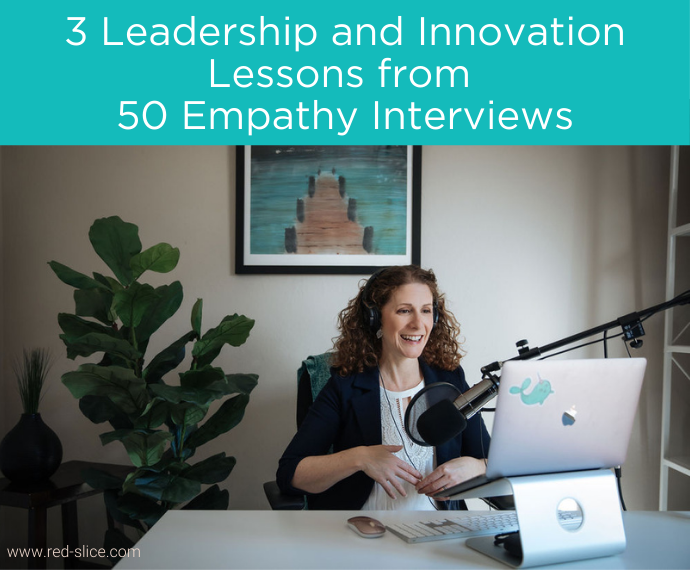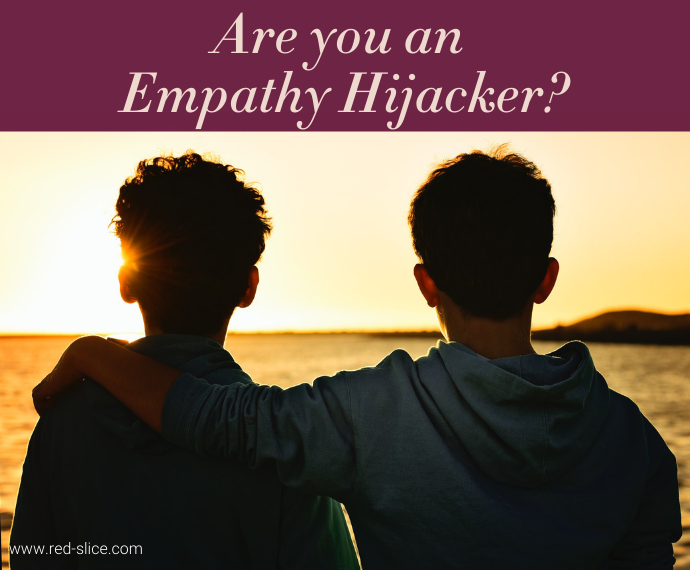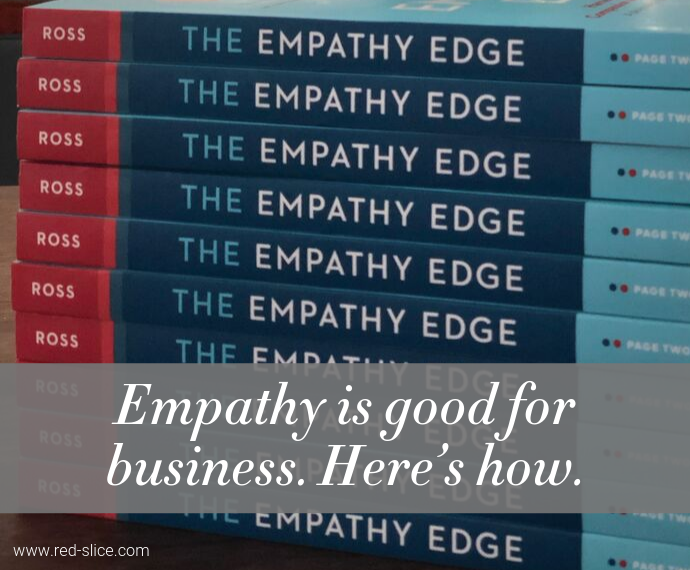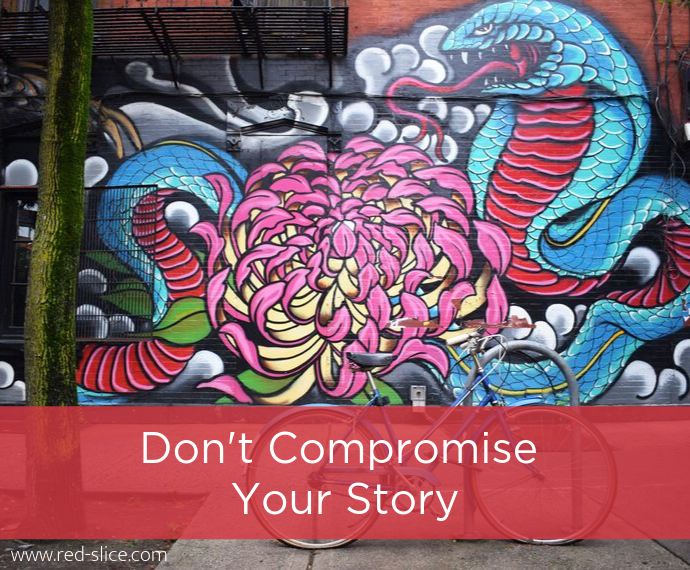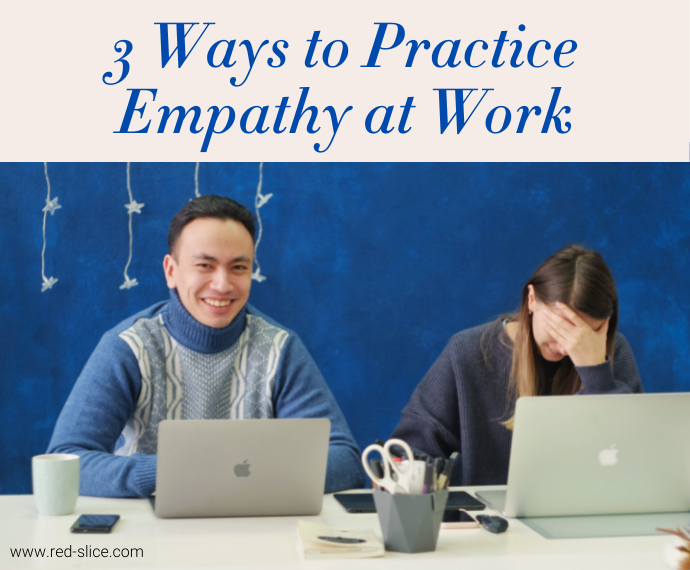
At a book signing, the panel moderator told me that she recommended my book, The Empathy Edge, to her friend – let’s call her Jennifer. Jennifer was in a really bad work situation with what she deemed an out of touch manager. Her boss treated her badly, didn’t listen to her ideas and generally acted like he was too busy to be there for his team. Jennifer was pretty fed up by this point, and knowing her worth and value in the market, was about to walk away. But she did like her job so she was eager to read my book.
Jennifer read my book and loved every word (the moderator’s words, not mine!). She promptly marched into her boss’ office the next day and before he could say a word, shoved the book in his hands and said, “I’m not happy with how you manage me or the team. It’s so hard to come to work everyday, but I love this job. I’m asking you to read this book and in a week, we can sit down and discuss it. If you don’t, I’m leaving.”
Her boss was stunned. To his credit, he did as he was asked.
They ended up having a great conversation. He had no idea how his actions were being perceived or the emotional toll it was taking on Jennifer. They made a plan to change how he treated the team, how he communicated, and also how the team responded and worked together to address his concerns as well.
Jennifer stayed in her job,
I have no idea if Jennifer is still there, but I love this story so much. It shows how much we can gain by communicating and being vulnerable when we have nothing left to lose. Her boss recognized many actions and intentions in himself from the book and, wanting to be a better leader and build a high-performing team, was willing to have the conversation.
Showing empathy at work is not as complicated as you think. (Tweet This!)
Here are 3 ways you can practice empathy at work:
- Ask questions and actively listen: Whether you are the manager or just on a team of colleagues, start defaulting to “I’m right and you’re wrong” and instead ask questions first. “Tell me more about your idea. What makes you believe it’s the way to go? How do you see this meeting our goals?”
- Find common ground: In high-stakes situations, establish the common goal you both have, however basic, so you get on the same side of the table, rather than acting like two opposing forces. “We can both agree we want this campaign to succeed and drive more leads, right?” Even if it seems obvious, it’s a great way to diffuse tension and remind yourselves you are both on the same team.
- Check in with people: Before diving into the business end of the meeting, take a moment for everyone to ground themselves and share what’s going on for them. One CEO does this with his exec team every Monday, and they share how their weekends went, if they had fun, if they’re having a difficult time with their kids, etc. This gives others context to know where people are coming from and what they might need. It avoids assuming someone is being rude or testy because they don’t like your idea when the truth is that they stayed up all night potty training the new puppy.


